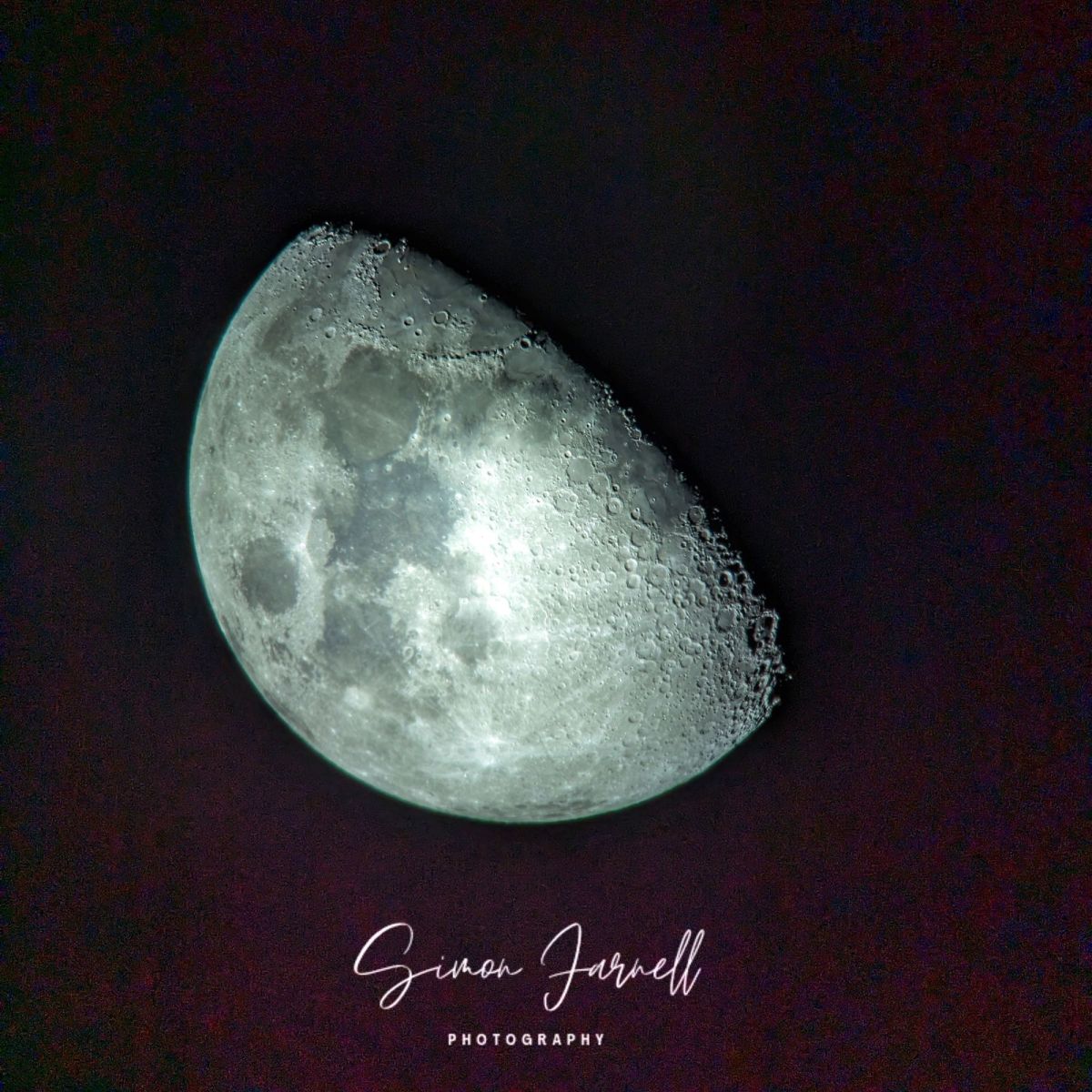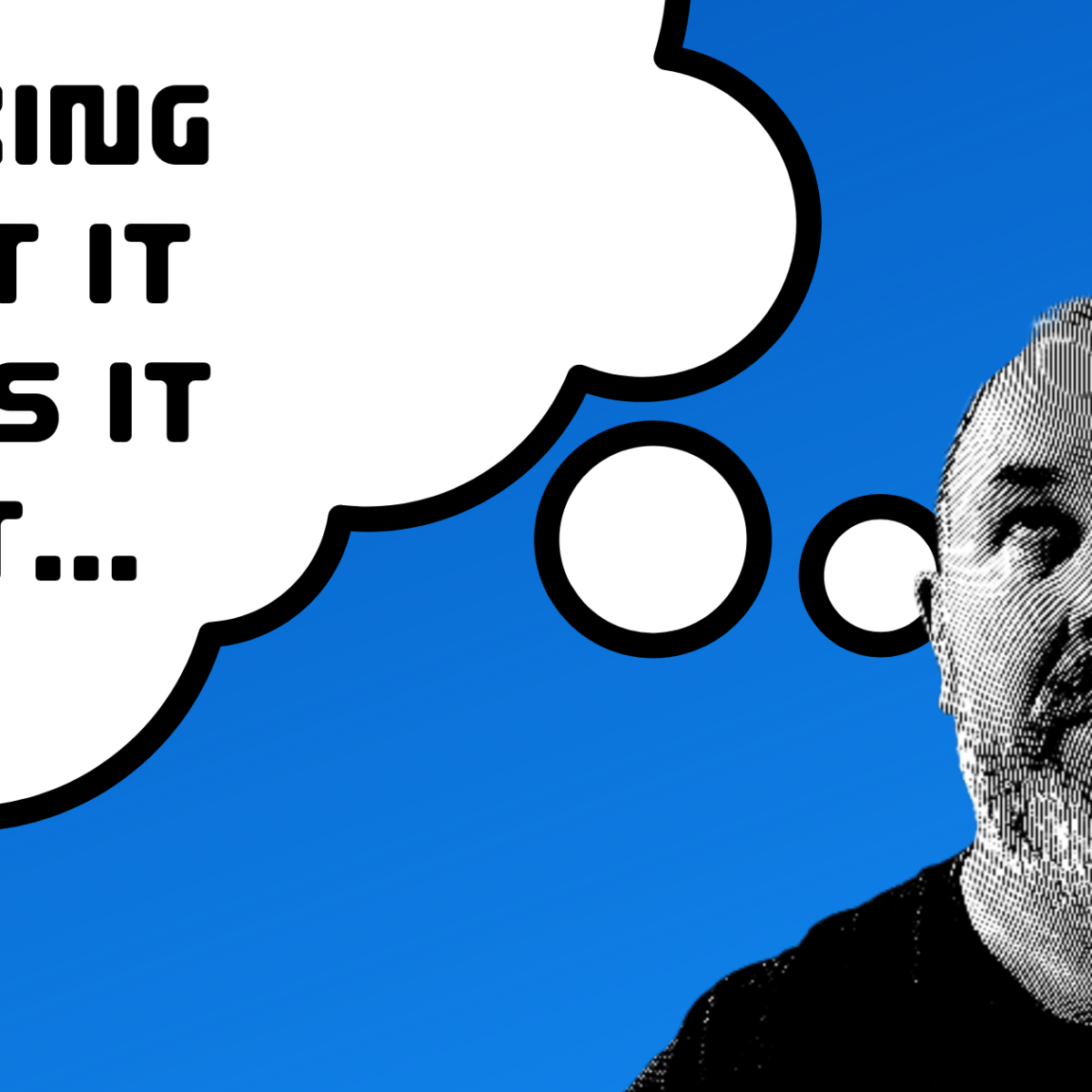From the Earth, to the Sun and out towards the great interstellar unknown every object has it’s story. All these things making up the universe, our solar system and life on Earth is as much a part of this great infinite clockwork. In fact the word Cosmos means the universe as a complex, ordered entity, delicately tied together with forces and matter. We are the great paradox, the universe looking upon itself and learning, maybe giving it meaning. Epic and almost unimaginable events have unfolded to make the Cosmos as we see it now, stories have unravelled before there was even a human around to tell the story. Long after the human race is gone the great cosmic story will keep unfolding until time is meaningless. Slowly we pick up the events piece by piece and these Stories of the Cosmos tell some of what currently know and understand.
Our Past and Present Sun
The Sun as we know it today is what is called a main sequence star, it’s place on the stellar life cycle is in the stage where it’s consuming it’s reserves of Hydrogen into Helium and the Sun is stable. The Sun has been fairly stable for billions of years, but it is not unchanging. The Sun as it slowly uses up it’s Hydrogen is getting brighter and warmer over time. This change is invisible to us as we go through our day to day lives. On a smaller scale the Sun goes through changes over a smaller time frame, every ten to twelve years the Sun goes through the solar cycle. The solar cycle is connected to the amount of sunspots on the sun, the cycle relates to the maximum and minimum number of spots soon on the surface of the Sun – the more sunspots means the greater the solar activity.
Over slightly longer timescales ice ages have come and gone, with this the glaciers that have shaped our world have grown and shrunk, leaving behind a landscape shaped from ice and flowing water. Long periods of minimum activity bring long cold winters, some of these periods have lasted years with ‘years without summers’ recorded.
With this the Earth’s poles are often lit up with ionised particles from the Sun when it goes through a period of greater activity, as these particles are drawn to the magnetic fields.

As far as we know the Sun will follow this life cycle of relatively sedate change, ebb and flow of cycles and the gradual increase in the heat it gives out for millions of years to come. Our calm and gentle star will keep shining in in this way, providing the life giving light and heat to Earth for as long as life is there to enjoy it.
The Future of our Sun
One day, in the far, far distant future the hydrogen fuel that has powered our Sun for billions of years will run out. This is an inevitability, the hydrogen the Sun collected during its creation will one day run out. This does not mean that the Sun will suddenly switch off, far from it. Instead the Sun will change. In a process called Stellar Nucleosynthesis the Sun will start burning Helium, making the Sun burn hotter, swelling it’s outer layers and turning the Sun from a bright white into a deep red. At this point our Sun will leave the main sequence and become a red giant. As the Sun swells it will consume the inner planets of Mercury and Venus, swallowed up by the very star they have orbited for countless eons. Earth may escape the same fate as the inner planets, but what will be left will be a scorched, barren, lifeless world. The life and civilisation that once inhabited it a distant memory.

Eventually the Sun will run out of Helium and will start to burn even heavier elements, Carbon, Oxygen, Silicon and Iron before the inner layers collapse under their own immense weight and the remaining matter ejected away into the vastness of space. All that will be left will be a white dwarf, a tiny remnant of hot, dense matter the last heat and light of a small star that once brought light to a species that looked up into the stars beyond and wondered.
If Earth still existed, the light from the white dwarf would be about as bright as the full moon on a cloudless night.
But while the Sun is still a red giant there is the possibility that worlds beyond Earth, orbiting what are now the distant outer planets could finally warm and thaw. With that warming there may come new possibility for life in what is now the darkness.
Images remain property of original owners.
Simon’s Space

My Recent Posts:
Earth Day 2024
Earth day for 2024 is today! The theme is water for 2024 and this really is where we should be thinking about the planet. The basic elements water and soil are fundamental to life and on sustaining life. It’s said…
Keep readingI’m going to be selling my photo’s
Heull there bloggies, I hope you’re good because I have some exciting news. I have signed up with Picfair to have a stab at selling my pictures. As many of my followers old and new have witnessed I like taking…
Keep readingThinking about it makes it Hurt – My Souper Experience
I’m sorry, it’s me – I can’t help it. I’ve tried to keep the insanity from the door of this corner of the web but I can’t do it any longer. The world in which we live is wonderful, beautiful…
Keep reading



I find it almost terrifyingly incomprehensible to consider how much hydrogen the sun must have to be able to stay lit for so long!
LikeLiked by 1 person
I know it’s like mind bending…
LikeLiked by 1 person
Spellbindingly lyrical Simon.
The introduction involving the universe was a post in itself, but that moved seamlessly into the future of our Solar System.
This was a comprehensive explanation with none of the dryness which can be encountered, majestic portrayal of what is not actually a tragedy, just on a Universal Scale ‘Nothing new to see here folks,’. Maybe we should start investing in the Kuiper Belt in the next millennium?
LikeLiked by 1 person
Thank you so much – that’s exactly the kind of story I was hoping to tell… I’m going to see if I can get some Titan real estate lol
LikeLiked by 1 person
I reckon Pluto 😃
LikeLiked by 1 person
Yeah that could work, a bit far out still 😀
LikeLiked by 1 person
Who ever my descendant might be I am sending them a genetic message to stay as far away from that red giant as possible 😃
LikeLiked by 1 person
That’s not a bad plan to be fair 😀
LikeLiked by 1 person
There’s aa SF story there somewhere…Anyone is free to use the idea😀.
LikeLiked by 1 person
If I can… 😉
LikeLiked by 1 person
Great post. I’ve mentioned the solar induced swings in temperatures in at least one of my own posts. The one I can recall was trying to look at other contributors to climate change beyond people are evil. From what I’ve read, the entire solar system is showing higher temperatures than previously recorded. That changes ZERO in terms of humanity needing to treat the planet better, but the big picture is more than people and NOT doomsday.
LikeLiked by 1 person
Thank oyu – I appreciate that 🙂 I’ve heard this too and it’s not well publicised… So it’s either rubbish or not being promoted. I do agree though – either way we need to knock it off.
LikeLiked by 1 person
FWIW, you have to have noticed a pattern similar to before the Renaissance where if it’s not a mainstream idea, it’s vilified and shouted down. I believe it’s true. The question is how big a contributor is it? Beyond that, we need to focus more on solutions than finger pointing for sure.
LikeLiked by 1 person
Well the thing is with this is if you break it down it could be pretty terrifying. If temperature rise is due to human activity – we can do something about that, even if people really don’t want to.
If it’s the Sun then simply if it doesn’t stop we’re gonna fry and there’s not a great deal that can be done about it.
LikeLiked by 1 person
Titan is going to be really attractive real estate someday!
LikeLiked by 1 person
Yeah I’m looking at real estate there lol
LikeLiked by 1 person
I recommend the Saturn-facing side. Once the atmosphere warms up and the haze clears out, the view will be spectacular!
LikeLiked by 1 person
I’m hoping to get something warm that shows the sun a little too 🤣
LikeLiked by 1 person
Sometimes I feel sad to think about it, but then I remember “I’ll be dead” lol
LikeLiked by 1 person
I know what you mean and yes we all will by then… It’s a long, long, long way off.
LikeLiked by 2 people
And then there’s the Buddhist idea of reincarnation… You MAY have a front row seat yet. O_O 😀
LikeLiked by 1 person
Oh joy… To be fair it would be incredible to witness however I suspect by then our AI’s will have killed us 😉
If not we’ll be a crystal based life form and observing from space 🙂
LikeLiked by 1 person
We’ve evolved enough to add almost a foot to our height since the revolution. Washington was considered huge at 6′ tall. So, I can’t rule anything out in thousands of years. 😀
LikeLiked by 1 person
In this case millions of years…
LikeLike